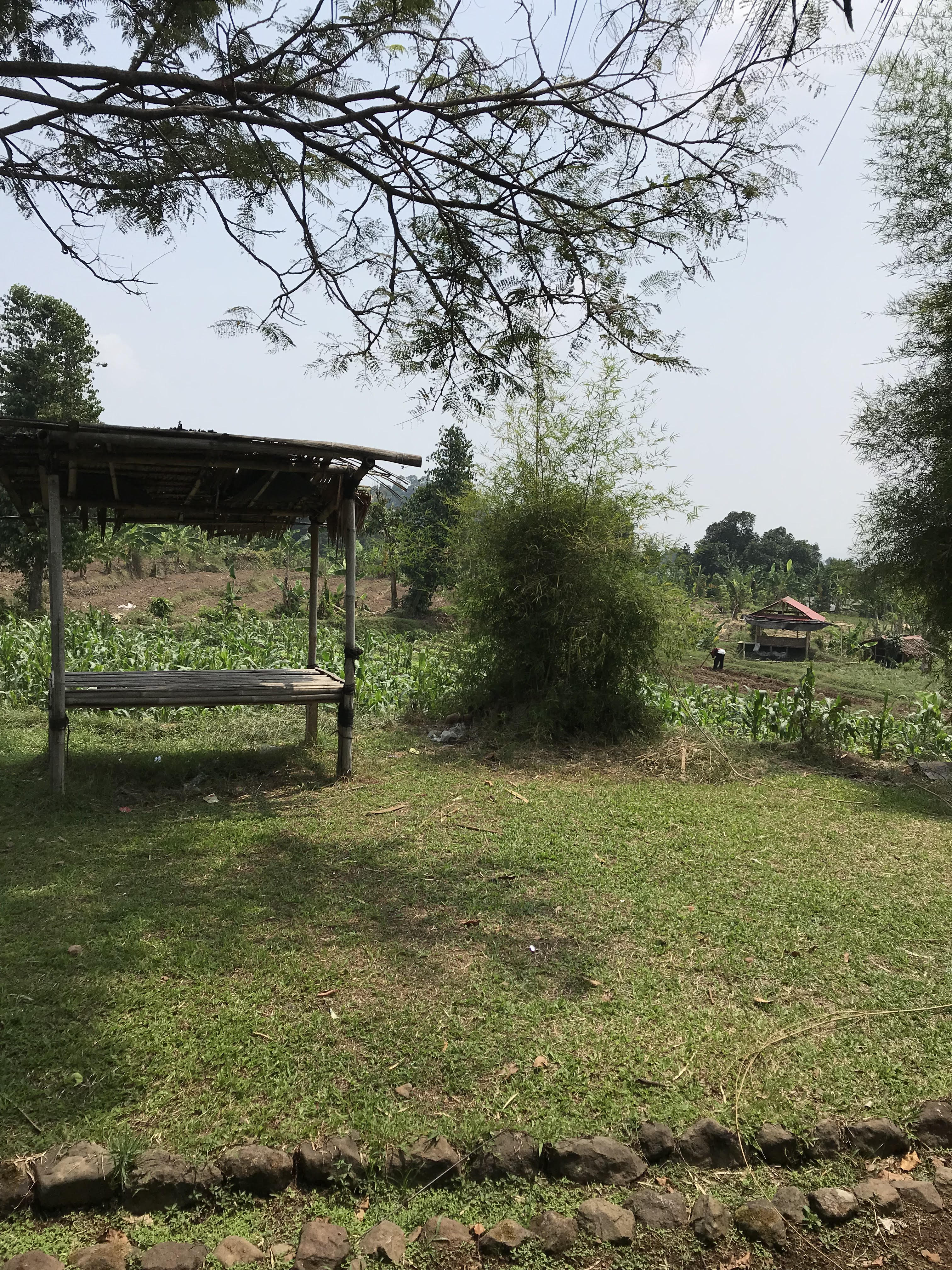
Uploaded on 2019-11-17 by Caroline B.
Jakarta, Indonesia experienced fast rates of large-scale land conversion from agriculture/forest land to industrial/business/residential built-up spaces. These concrete structures in dense areas continue to emerge and is causing the urban heat island effect (UHI) to intensify. City temperatures can reach up to 37C during the day and remains uncomfortable at night. In contrast, Bogor(Attached Image) located on the outskirt of the Jakarta Metropolitan Area, enjoys cooler climate ranging between 25-32C. Unlike the capital, Bogor is not dominated by built space and has various small parks spread out and a large main city park at the centre. Due to the harmful impacts associated with UHI effect, measures need to be taken in Jakarta to restore environmental balance. This would include to: design and increase green urban open spaces, plant more trees near sidewalks (encourage people to walk), enforce stricter building regulations/requirements (e.g. green roof, solar energy, low albedo surface material), and fund program initiatives for research to inform designers/architects/planners/businesses on best practices. At present, government regulations in Indonesia set a minimum percentage of green open space required in urban areas, however, it is evidently not enough as about only 10% of the total area of Jakarta has been allocated.